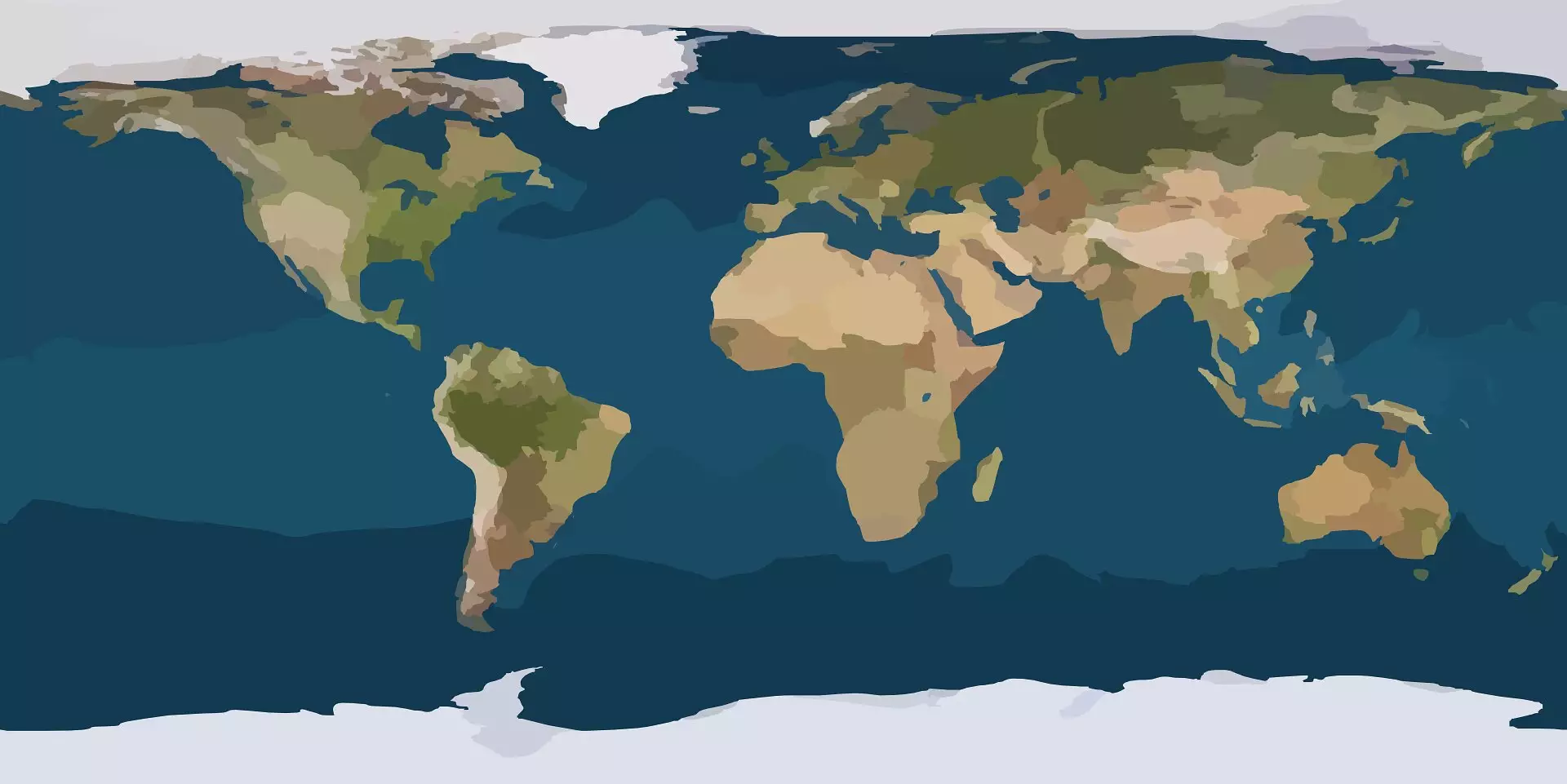In an era marked by climate instability, a recent study has unveiled a remarkable new phenomenon within the Southern Hemisphere’s climate system. Researchers from the University of Reading discovered a hitherto unnoticed climatic pattern known as the “Southern Hemisphere Circumpolar Wavenumber-4 Pattern.” This new pattern, stemming from a seemingly inconspicuous area near Australia and New Zealand, presents the potential for far-reaching implications that extend beyond its origin, showcasing the ocean-atmosphere connection that governs our planet’s weather systems.
Distinguishing Features from El Niño
While the Southern Hemisphere Circumpolar Wavenumber-4 Pattern shares some traits with the more commonly understood El Niño phenomenon, its genesis is quite distinct. El Niño originates in tropical regions, while this novel pattern starts in the mid-latitudes, underscoring a crucial departure in how global climatic influences may operate. This divergence in origins signifies a new understanding of climate dynamics, suggesting that mid-latitude activities can also instigate significant weather and temperature fluctuations across vast areas, including those of tropical regions.
The Mechanics Behind the Discovery
In their extensive research, the team employed advanced climate models that simulated 300 years of atmospheric and oceanic conditions, incorporating variables from sea-ice dynamics as well. By analyzing this dataset, they discerned a recurring circle of sea surface temperature variations that iterate around the Southern Hemisphere. What is astonishing is how this pattern functions like a finely tuned chain reaction—slight shifts in temperature in a localized area can initiate dramatic transformations in the global climate.
The Southern Hemisphere features alternating zones of warm and cool sea temperatures, structured in a circular formation that reflects this mighty influence. These temperature variations cascade through the atmosphere, propelled by powerful westerly winds, thereby creating atmospheric waves that propagate distances scarcely imagined. Such an intricate interplay between ocean temperature and atmospheric pressure not only emphasizes the central role oceans play in regulating climate but also highlights previously under-explored connections.
The Impact on Weather Forecasting
The implications of recognizing this new climatic structure extend profoundly into the realms of meteorology and climate forecasting. Balaji Senapati, the study’s lead author, likened this discovery to uncovering a new switch in Earth’s climate control system—one that could revolutionize our comprehension of weather patterns and enhance our predictive capabilities. With better forecasting models that integrate this newly identified pattern, we stand to gain a clearer picture of potentially extreme weather events and changing climate scenarios across the Southern Hemisphere.
Experts and climatologists have long sought to demystify the complexity of climate fluctuations. Understanding the mechanics of this new pattern could be particularly crucial in predicting severe weather anomalies that have posed challenges for scientists and policymakers alike. Insights drawn from these findings could provide a more robust foundation for evaluating climate-related threats, thereby aiding proactive rather than reactive approaches in disaster management strategies.
Implications for Climate Studies
The revelation of the Southern Hemisphere Circumpolar Wavenumber-4 Pattern also raises critical questions about the established climatic narratives we hold today. In isolation from well-known tropical weather systems like El Niño and La Niña, this new discovery indicates that our Earth’s climate has intricate layers yet to be fully understood. It suggests that localized phenomena usually brushed aside in the grand scope of global climate debates possess the power to shape broader climatic trends.
Furthermore, this pattern’s hidden nature reflects the potential for future revelations like it to emerge, urging scientists to delve deeper into unexplored oceanic regions and their atmospheric interactions. The adaptability of nature’s systems should encourage a shift in focus; perhaps it’s time to reevaluate our perspectives and methodologies in climate science. As research evolves, we must embrace the complexity of our climate system and remain vigilant in exploring its numerous yet-to-be-discovered elements.
Embracing studies like this not only illuminates the intricate ties between different components of our climate system but also fosters informed discussions on climate policy and adaptation techniques. In an age where climate narratives are ever-evolving, understanding such patterns is imperative for shaping a sustainable future.


Leave a Reply